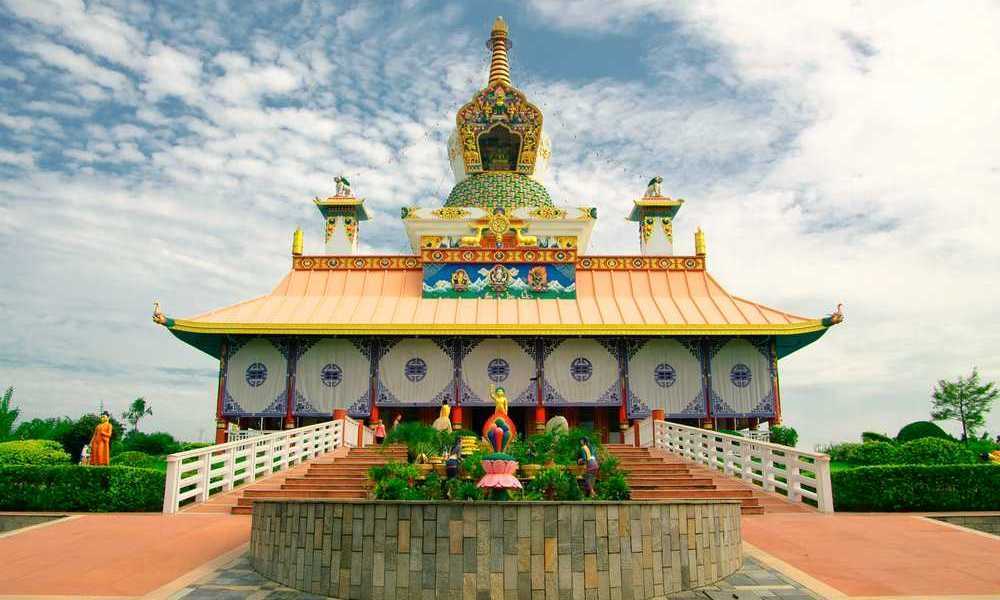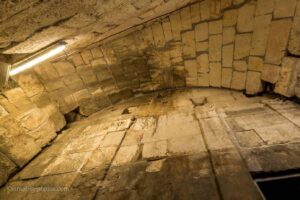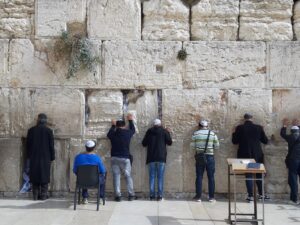Lumbini: Birthplace of Lord Buddha
Nestled in the Rupandehi District of Nepal, Lumbini is a serene and spiritually significant destination, revered as the birthplace of Siddhartha Gautama, who later became known as Lord Buddha. This UNESCO World Heritage Site attracts pilgrims and tourists from around the globe, offering a peaceful retreat and a glimpse into the life and teachings of Buddha. Whether you’re a spiritual seeker or a history enthusiast, Lumbini provides a unique experience that combines tranquility with profound historical significance.
What to See in Lumbini
Lumbini is home to several important sites and monuments that are integral to understanding its historical and spiritual importance. The centerpiece is the Maya Devi Temple, which marks the exact spot where Queen Maya Devi gave birth to Siddhartha Gautama. The temple is surrounded by a sacred garden, which is a peaceful area perfect for reflection and meditation.
Adjacent to the temple is the sacred pond, Puskarini, where Queen Maya Devi is said to have bathed before giving birth. The Ashoka Pillar, erected by Emperor Ashoka in 249 BC, stands as a testament to the site’s ancient significance. This pillar is inscribed with a message that confirms Lumbini as the birthplace of Buddha.
The Lumbini Development Zone is another must-visit area, featuring monasteries built by various Buddhist countries, each showcasing unique architectural styles and cultural elements. The World Peace Pagoda, a striking white structure, is a symbol of peace and offers panoramic views of the surrounding area.
A Bit of History and Interesting Facts
Lumbini’s history dates back to the 6th century BC when it was part of the ancient Shakya Kingdom. It gained prominence after the birth of Siddhartha Gautama, who later became the Buddha. The site was rediscovered in 1896 by a German archaeologist, Alois Anton Führer, and the Ashoka Pillar was identified, confirming its historical significance.
An interesting fact about Lumbini is that it is one of the four main pilgrimage sites for Buddhists, alongside Bodh Gaya, Sarnath, and Kushinagar. The site is not only significant for Buddhists but also for historians and archaeologists, as it provides insights into ancient civilizations and the spread of Buddhism.
Getting There and Tips for First-Time Visitors
Lumbini is accessible by air and road. The nearest airport is Gautam Buddha Airport in Bhairahawa, which is about 22 kilometers from Lumbini. From the airport, you can hire a taxi or take a bus to reach the site. If you’re traveling by road, buses and private vehicles are available from major cities like Kathmandu and Pokhara.
For first-time visitors, it’s advisable to plan your visit during the cooler months from October to March, as the weather is more pleasant. Dress modestly, as Lumbini is a religious site, and be prepared to walk a lot, as the area is expansive. Hiring a local guide can enhance your experience by providing deeper insights into the history and significance of the various sites.
Lumbini offers a unique blend of spirituality, history, and culture, making it a must-visit destination for anyone interested in Buddhism or ancient history. Its peaceful ambiance and rich heritage provide a perfect backdrop for reflection and learning.








